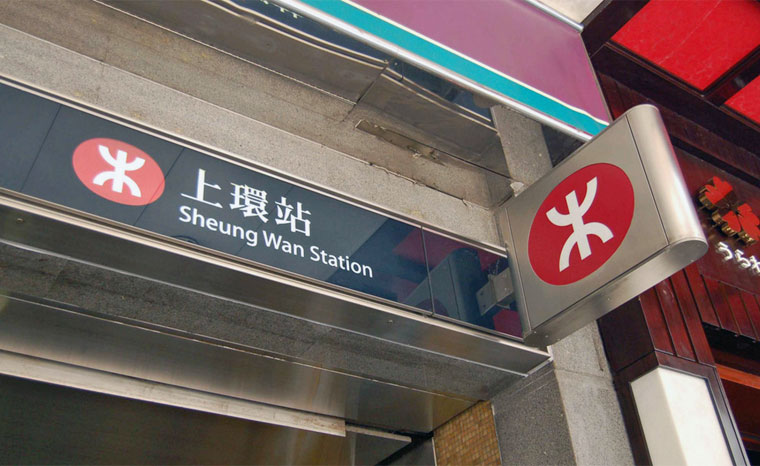Hong Kong's Mass Transit Railway (MTR) has been acknowledged as the best in the world. (Kudos to them here, here and here.)
To emulate their system of excellence, Transport Minister Khaw Boon Wan said in Parliament last month that he wants train operators in Singapore to reduce the number of train disruptions by half by this year.
However, even then, it will still be nowhere near what Hong Kong has achieved.
Here are five ways Hong Kong's MTR is setting unattainable standards:
1. The MTR refuses to break down
For the first half of 2014, Hong Kong commuters experienced a delay of at least five minutes in only one out of every 300,000km travelled.
For full-year 2014, it was about 450,000km.
In 2015, it was 360,000km.
For the first-quarter of 2016, it was a staggering 520,000km.
On the other hand, the MRT system in Singapore suffers from an average of one disruption for every 133,000 train-km clocked last year.
This number should improve to one for every 200,000 train-km by the end of this year.
But if Hong Kong's regional lines with longer distances between stations are included in calculations, they can clock as much as 900,000 train-km per disruption.
2. Cheap and efficient
Hong Kong's railway pricing is super efficient. The percentage of operational costs covered by fares, also known as farebox recovery ratio, is 187 percent between January and June 2015.
This is the highest in the world.
In comparison, Singapore's stands at around 125 percent, while the London Tube and the New York subway come in at 90 and 51 percent respectively.
3. Profits reinvested into rail maintenance
Over S$1.08 billion (HK$6 billion), or 37 percent, of MTRC's revenue in 2014 was spent on maintenance, renewals and service improvements on the rail network.
In the 2015 financial year, SMRT spent S$121.9 million, or 19 percent of its rail revenue, on maintenance and repair, although this amount excludes maintenance spending by the Land Transport Authority of Singapore.
4. Longer, older but still working
There are 155 stations, including 87 railway stations and 68 light rail stops spread over nine main commuter lines which serve Hong Kong Island, Kowloon and the New Territories.
The MTR, first built in 1979, now carries more than five million passengers daily. There were a total of 1.9 billion trips in 2014.
The entire rail network spans 221km.
The combined length of Singapore's five MRT lines, the North-South, East-West, North-East, Circle and Downtown Lines, is currently 162km.
5. Refuses to spoil
In 2014, Minister Khaw noted that the MTR had 12 major incidents, of which, three were on its light rail system.
Singapore had 14 major breakdowns that year: 10 in the MRT and four in the LRT.
In 2015, it had eight major incidents: Seven in the heavy rail system and one in the light rail network.
Singapore, in comparison, had 29 major rail disruptions: 14 major incidents on the MRT and 15 on the LRT. This is 3.6 times that of Hong Kong's MTR.
Top photo via Gordon Tam Flickr
If you like what you read, follow us on Facebook and Twitter to get the latest updates.
If you like what you read, follow us on Facebook, Instagram, Twitter and Telegram to get the latest updates.
